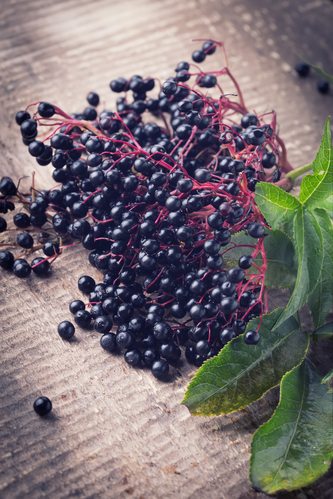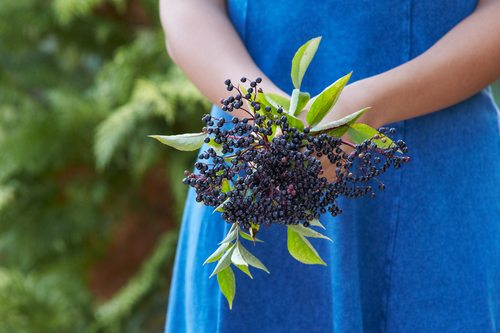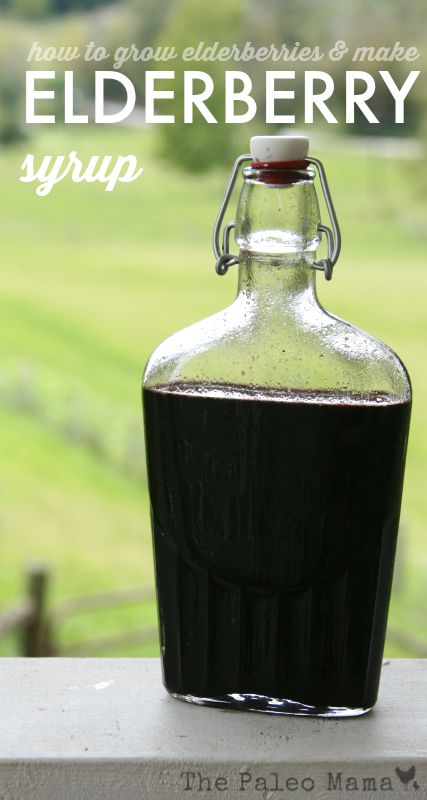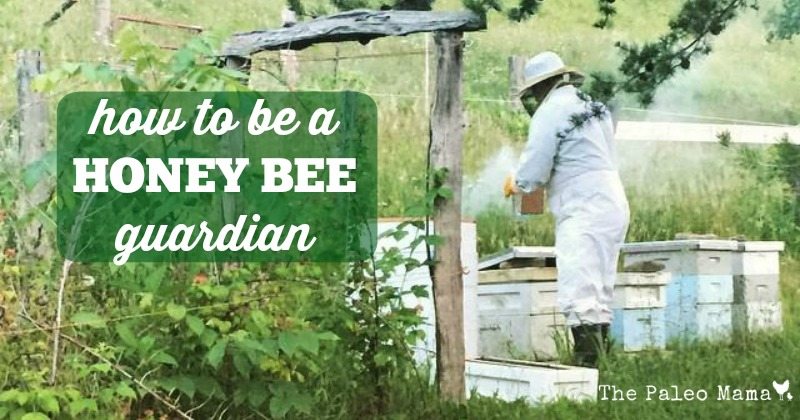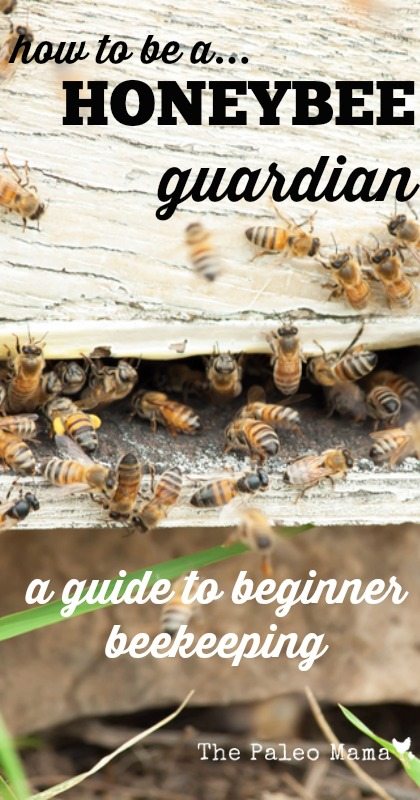Recently after moving onto our farm, we harvested our first honey from the five established honeybee hives already there. (You can read about our first experience here.) It was so exciting to find that we had several gallons of pure, sweet honey just waiting for us. But I’m not sure if I was more excited about the honey or about the beautiful beeswax that came with the honey! One of the great benefits of raising honeybees is the awesome potential of the many homemade uses you can find for the beeswax the honeybees produce to build their honeycombs. These 25 ways to use beeswax should keep you busy and give you lots of ideas for homemade gifts!
There are dozens and dozens of uses for beeswax. In this blog post I want to tell you about twenty or so of my favorite uses. I’ll include the following:
- Basic Information About Beeswax
- Great Uses for Beeswax Around the House and Garden
- Beeswax Is a Great Helper in the Kitchen
- Using Beeswax in Homemade Health and Beauty Products
- Beeswax Products You Can Make for Your Children
1. Basic Information About Beeswax

Only honeybees make beeswax. Honey bees make six-sided cells that are space-efficient and the best shape to accommodate a round, growing honey bee larva. To make comb, the bees remove the bits of wax called “wax scales” from the undersides of their abdomen and chew and mold them into place. The production of beeswax is stimulated when there is a great supply of flower nectar such as when clover and alfalfa bloom. Bees do not build comb before it is needed. Pollen is the adult honey bee’s source of protein and they collect it in great quantity. The gums and resins, which beekeepers call “propolis,” are used to varnish the inside of the bee’s nest.
Beeswax has been used since the beginning of civilization. It has been found in the pharaohs’ tombs, in sunken Viking ships, and Roman ruins. Beeswax is virtually the duct tape of old, with thousands of uses and being virtually indispensable.
Pure beeswax is solid at room temperature. It will have a putty-like consistency above 80-90 degrees F, and will melt around 145-147 degrees F. It never goes bad, but does get a powder called bloom on it when stored at cooler temperatures. A blow drier will remove the bloom, or you can use a soft rag to buff the bloom off. You can wrap it in plastic to prevent dust, dirt and fuzz sticking to it.
2. Great Uses for Beeswax Around the House and Garden
There are many ways you can use beeswax around the house for maintenance and to enhance the environment. I want to give you a few ideas that may be things you’d like to try.
Candles—We love our homemade beeswax candles to much that, of course, that is the first idea I want to pass on to you. We love the ambiance they give, and the wonderful scents we can create with the natural pleasant odor of the beeswax mixed with our favorite essential oils. There’s nothing better than sitting down with the family in the evening, lighting our beeswax candles, pouring some chamomile tea with raw honey and watching our favorite TV show, Little House on the Prarie. I’ll be sharing my own recipe for making these candles soon, but here is a link to an easy recipe you can try.
Grafting wax—Gardeners have been using beeswax for grafting two plants together for hundreds of years. Beeswax is non-toxic, and does not deteriorate, lasting for the months necessary to allow the plants to grow together. You can find a simple formula for making grafting wax here.
Waxing thread—It is a big advantage to keep a small cake of beeswax in your sewing box. If you wax the thread before you use it, not only is it easier to thread the needle, but it will also keep your thread from knotting up as you use it.
Oiling furniture joints—Beeswax is a great lubricant for those squeaky furniture joints. It is great for helping your doors and window to move smoothly, and so much healthier for your environment that the chemical products available.
Preventing rust—Coat your hand tools, cast iron, and shovels with beeswax to keep them from rusting. You can even rub the beeswax on the handles of your tools to protect them against wear and tear.
Homemade furniture polish—Beeswax is a fantastic furniture polisher. Melt 1 TBSP. of grated beeswax with 3 TBSP. of coconut oil. When this cools and hardens, use a clean cloth to rub it onto your wood furniture. Buff with a soft clean cloth until all the residue is removed.
2. Beeswax Is a Great Helper in the Kitchen
Granite polisher—Do you love your granite countertops but hate the dinghy look they have after hard use? Polish them with molten beeswax, wiped on and allowed to dry, then wiped off with a suede piece of cloth.
Grease-free baking pans—Keep a block of beeswax ready to use to rub over your baking pans and cookie sheets before using. Beeswax is completely edible, so this is perfectly safe. Over time you pans will take on a permanent coat of wax, eliminating the need to grease them every time.
Cleaning your iron—When your iron starts to get gummy or scorched, you can make a homemade iron cleaner with beeswax that is chemical-free, economical and sustainable. You will find a tutorial for making it here.
Cheese waxing—If you, like me, like to make your own cheeses, beeswax is the best natural cover for cheeses. When your cheese has completely dried, you can apply hot wax, which ensure a proper seal for your cheese. Beeswax works well for this because it has a low melting point.
Using beeswax to help in plucking poultry—OK, I’m including this one because I have a homesteading kitchen! Beeswax is a great help in defeathering and removing down from your poultry. You will find a video on how to pluck a duck using beeswax here.
Barbecuing with beeswax—Whether you have an outdoor grill or a stove-top indoor grill, coating your grill with beeswax before using it makes clean up a whole lot easier.
3. Using Beeswax in Homemade Health and Beauty Products
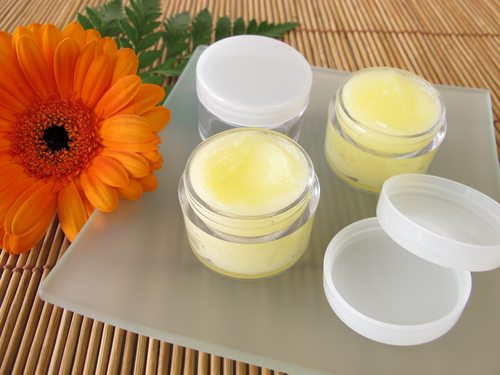
Beeswax locks in moisture, protects skin from environmental factors, and fosters skin cells. Because of its moisture locking properties, it is naturally nourishing and effectively softens skin. It is even speculated that honeycomb has traces of Vitamin A, which help restore and replenish skin.
There are many homemade health and beauty products you can make using beeswax. Here are a few of my favorite:
All-Purpose Salve—When you have little ones in the house, there seems to be an endless supply of boo-boos, bug bites and itchy skin. You can make this all-purpose salve to have on hand, using beeswax and your favorite essential oils with other ingredients. (Here)
Lavender Body Butter— There’s something about putting together the simplest of ingredients and then whipping it up into this luxurious, natural, and nourishing lotion. This Lavender Body Butter does just that; it’s simple to make, only four ingredients and uses lavender essential oil. By adding beeswax to the recipe, you also have a healthy sunscreen lotion. (Here)
Baking Soda-Free Deodorant—You can make your own natural deodorant following my suggestions here. For those who have had difficulty with getting this “firm” enough, and not pasty, try adding 1-2 tablespoons of beeswax, which will help to give you a more solid consistency.
Spiced Chai Lip Balm—Homemade lip balms are some of the easiest things to make using beeswax. Because I love chai tea and the wonderful aroma of the chai tea spices, I created this delicious Spiced Chai Lip Balm recipe, using beeswax.
Homemade Comfrey Salve— One of my favorite things about my new homestead is our very own comfrey patch. Of course, you don’t need to grow your own comfrey to make a nourishing salve with it. There are several places online that you can purchase dried, organic comfrey leaves to make this simple and homemade comfrey salve. Try using my recipe here.
Whipped Magnesium Body Butter—Here is another great suggestion for making homemade Magnesium Body Butter. It will help you to supplement your body with more magnesium, and you can adapt the recipe by substituting 2-3 tablespoons of beeswax for some of the recommended almond oil. Your butter will be slightly more solid, but will be easy to apply when you need it.
Homemade Mustache Cream—Beeswax is a regular component of mustache creams. Facial hair for men is the trend right now, and you can make the men in your life some great mustache wax. You will find great information and three recipes here.
Homemade styling gel for hubby’s Mohawk or other trendy hairstyle—The men in your life will love this all-natural styling gel that can be used on those trendy men’s hairstyles that need some extra support. You can choose to make a heavy-hold gel or a medium-hold gel. All the instructions you need can be found here. You may even find a use for this with your own hair styles or those for your children.
4. Beeswax Products You Can Make for Your Children
Beeswax modeling clay—Making beeswax modeling clay with your young ones is a fantastic homeschooling project. You can teach math skill, color theory, and discuss bees and the work they do as you work together and enjoy the warm honey scent of melted beeswax. You can find complete instructions here.
Beeswax Gummy Bears and Jelly Beans—This is a fun experience you can do with your kids. You can adapt my recipe for Fruit Gummy Snacks (here) for this by using small jelly bean molds or miniature Easter egg molds and adding a couple of tablespoons of beeswax just before you pour the mixture into the molds. Beeswax is completely edible, and will coat your jelly beans to give them a harder texture.
Diaper rash cream—This is somewhat harder to make, and requires a double boiler, but you will have a healthy, chemical-free diaper rash cream to use on your little ones that will keep them free from rashes and other diaper irritants. You can find full instructions here.
Homemade baby lotion—This is another great homemade product using beeswax for your little ones. It is so filled with healthy ingredients and has such a pleasant aroma. (Here)
Making Beeswax candles with your kids—Make a wonderful holiday tradition by making homemade beeswax candles as gifts for Christmas. The process is easy and fun for all, and your friends and family members will treasure the candles for a very long time. You can find complete instructions here.
I promised you this would be 20+ ways to use beeswax, and we ended up with 25 great uses for that wonderful beeswax specially made for you by your honeybees! If you do not have your own honeybees, check with local farmers, or you can order natural beeswax here.
Be sure you try some of these suggested uses for beeswax. You will love them, and it just might convince you to begin doing your own beekeeping. The raw organic honey is delicious, and you will find so many ways to use the beeswax when the honey bees no longer need it.
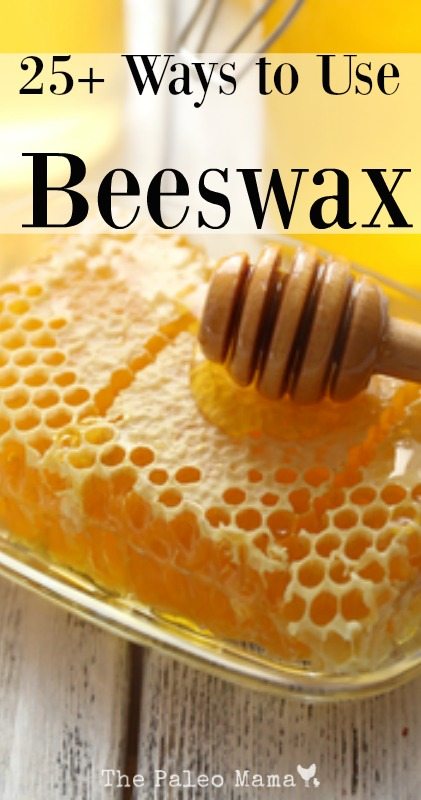
Sources
